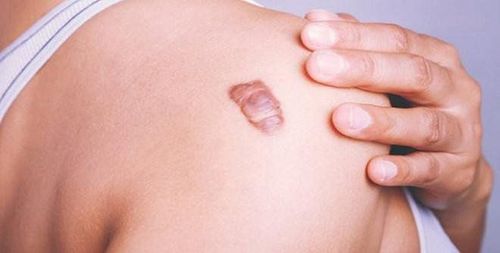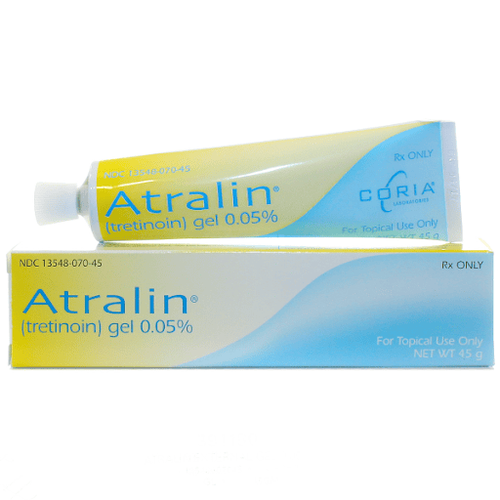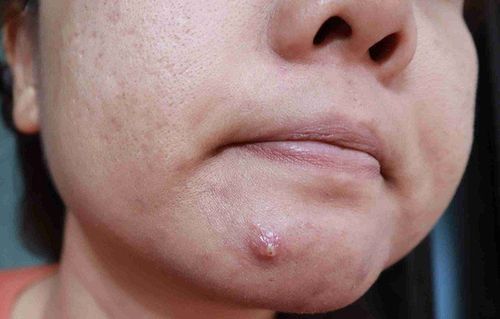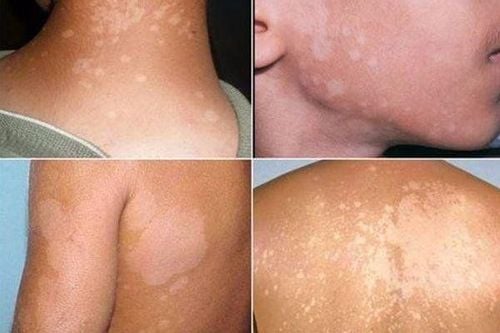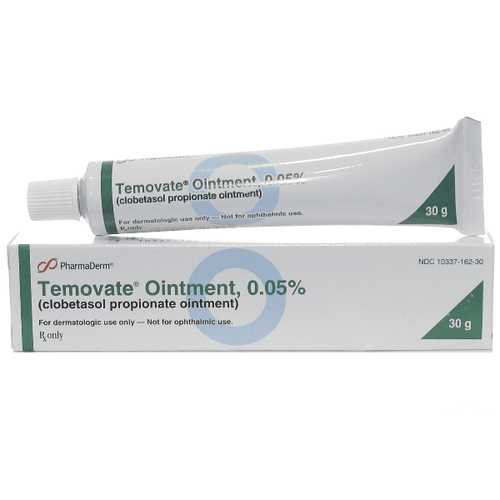This is an automatically translated article.
Acne scars are a common problem in both men and women, causing cosmetic loss to patients. Therefore, if you have acne scars and have tried many home remedies but have not worked, you should visit a dermatology clinic for intensive treatments.
1. What to prepare before treating acne scars?
To treat acne scars safely and effectively, you should consult a dermatologist. During the appointment, in addition to checking the skin and acne scars on the skin, the doctor and you will have to agree on some issues for the treatment process.
In order for the exam to be most effective, before the examination takes place, you can answer some questions yourself such as:
Why do you want to treat acne scars? Not everyone needs treatment. However, if you feel that acne scars greatly affect your aesthetics, make you lose confidence in communication, lose dating opportunities, lose job opportunities and advance in your career,... treatment is essential. How would you like to be treated? Some treatments can make scars fade and less noticeable. Some other methods can completely remove traces of scars. Therefore, tell your doctor what your treatment requirements are. Can you afford the treatment? Health insurance will not cover scar treatment, so you must consider your financial capabilities. How much time will you spend on acne scar treatment? Different treatments come with different treatment completion times. Your answers will help your doctor determine the right treatment.

Trước khi điều trị sẹo do mụn trứng cá bạn phải cân nhắc khả năng tài chính của mình.
2. How will a dermatologist treat acne scars?
Based on what the doctor and you agree on, along with the results of the face-to-face examination, the doctor will develop a treatment program that is suitable for your needs. Tell your doctor if you have ever received medication or have had other treatments. For best results, your dermatologist may recommend a combination of treatments. For example, if you have pitted scars, your doctor may recommend laser therapy combined with scar removal surgery.
Specific acne scar treatments include:
2.1. Methods to treat pitted scars
Pitted scars, also known as concave scars, are the most common type of scar on the face. A pitted scar is a scar located under the surrounding skin, formed because the body does not make enough collagen while the wound is healing. There are 3 types of pitted scars, including:
Ice pick scars: are narrow, V-shaped scars that go deep into the skin. These are the most difficult to treat pitted scars because they cause deep indentations into the skin. Boxscar scars: are wide, U-shaped scars with edges, scars that can be shallow or deep. Excess square pitted scars are formed when squeezing acne in the wrong way, the skin is inflamed and damaged, causing destruction of collagen bonds. Shallow scars respond better to skin resurfacing treatments. Rolling scar: The size of the scar is wide, undulating on the surface of the skin like a wavy shape. Treatment of pitted scars is often highly effective if several methods are combined at the same time. Treatments for concave scars include:
2.1.1. Acne scar surgery
Called surgery, however, this is actually just a minor surgery done to treat large or too deep concave scars, the purpose is to make these scars flatter. After surgery, the scar will fade over time. The surgeon can perform this surgery using the scar lift technique, which causes the concave scar to be raised close to the surface of the skin. Another type of surgery that can be performed is surgery to completely cut the scleroderma scar tissue below the skin, the scar legs are severed to release the pulled skin surface underneath, and at the same time stimulate collagen proliferation. Elastin regenerates new cells to fill in the dents in the skin. During the procedure, the patient will be anesthetized so they will not feel any pain. The surgical method is best applied to the case of facial skin with a small number of deep pitted scars.
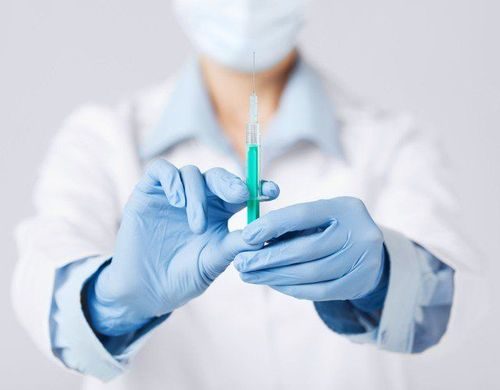
Bệnh nhân được gây tê trước khi thực hiện thủ thuật
2.1.2. Skin resurfacing treatment
When you want to reduce the spread of acne scars, your dermatologist will recommend a course of skin resurfacing. Resurfacing removes the old layer of skin, allowing the body to produce new skin cells. Skin resurfacing methods that can be applied to pitted scars are:
Laser skin resurfacing: a layered laser method that removes the top layer of skin, to stimulate skin regeneration. Compared with other methods, laser resurfacing gives faster results. You will need to cover the affected area until the skin is completely healed. Chemical peels: different from the mild chemical peels you use to peel your skin at home. To treat scars, in the clinic, the dermatologist will prescribe stronger chemicals to remove the top layer of skin to help reduce the depth of the scar. Dermabrasion: The doctor will numb the skin and use special equipment to remove the epidermis (outermost layer of skin) and the middle layer of skin (dermis). This is a procedure that helps skin look smoother by improving scars formed by acne, chickenpox,... Microdermabrasion: is a technique that affects and removes the outer layer of dead skin. for new skin cells to grow. Resurfacing is an effective method for treating pitted scars that are not too deep. Dermabrasion removes the top layers of skin and the middle layer of skin, but it is also not effective in treating deep acne scars. Deep acne scars often require a combination of surgery and skin resurfacing.
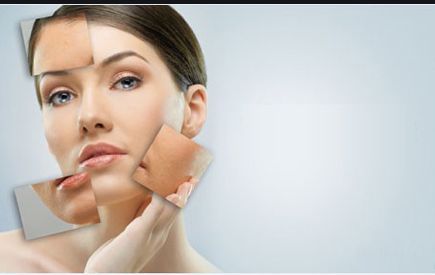
Tái tạo bề mặt là phương pháp hiệu quả để điều trị sẹo rỗ không quá sâu.
2.1.3. Filler injections
Filler injections can be performed to safely and effectively fade acne scars. The fillers that can be used are collagen, the patient's own fat or other substances. Each filler used will have its own advantages and disadvantages, some giving temporary results from 6 to 18 months, others giving long term results. Your doctor will introduce the advantages and disadvantages of each method for you to choose.
Filler injection is suitable for the treatment of skin with a small number of boxscars or rolling scars, it is not suitable for the treatment of sharp rock pits. (Ice pick scar).
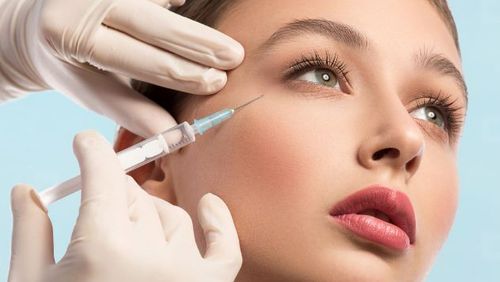
Tiêm chất làm đầy là phương pháp an toàn và hiệu quả
2.1.4. Skin tightening with electromagnetic waves
This is a new treatment trend that can be used for all skin tones. Your doctor will use a special device that generates electromagnetic waves of the right frequency (RF) to tighten the skin. When the skin is firm, the pitted scars will be reduced.
Patients treated with RF (Radiofrequency) need to return for follow-up visits once a month for four months. After the treatment, the person may feel a burning sensation for about an hour and the skin may be red for two to three days. For at least a week after each treatment, the patient should apply sunscreen when leaving the house and use a moisturizer at night. Sunscreen should have UVA/UVB protection, SPF 30 or higher, and be water resistant. Electromagnetic skin tightening can be effective with all types of pitted scars.
2.1.5. Collagen Induction Therapy
This therapy stimulates the body to make more collagen. The dermatologist will move a roller with a sterile needle over the acne scars. This will puncture your skin, but as it heals, the skin will make more collagen. This treatment usually lasts for nine months with 3-6 treatments, 2-6 weeks apart. Most patients will notice a change in their skin before the treatment is over.
After each treatment, you may experience swelling and possible bruising. These side effects usually clear up within four to five days. You need to follow your doctor's instructions in taking care of your skin at home.
Collagen induction therapy is suitable for the treatment of widespread indented acne scars. Do not use to treat keloids, which are scars that form when the body produces too much collagen.
2.1.6. Electric burning method
The electric probe is used to heat the tissue, causing the scar tissue to die. This method can be used as an adjunct in the treatment of boxscars, helping to shape and reduce the corners of the scars.
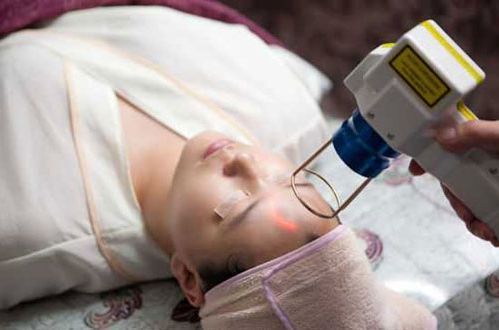
Phương pháp đốt điện khiến các mô sẹo chết đi
2.2. Treatments to get rid of acne keloid scars
There are many methods that can be applied to treat acne keloid scars such as:
2.2.1. Injecting medicine into the scar
Dermatologists can inject medication directly into the scar to help soften and flatten the scar tissue, especially for thick scars. Depending on the scar condition, the doctor will have an appropriate injection plan. The injections are usually repeated every few weeks. The drugs that can be used for injection are: corticosteroids, fluorouracil (5-FU), interferon,... The injection method is applied to painful keloids.
If the scar does not respond to medication after the fourth injection, your doctor will recommend scar surgery.
2.2.2. Surgical treatment of keloid scars caused by acne
Dermatologists will perform surgery to treat acne keloid scars when the method of injection into the scar alone is not effective. However, after surgery, to achieve the best effect, the patient still needs to continue treatment with methods such as:
Injections: after surgery, dermatologists usually treat with corticosteroid injections, 5- FU or interferon. A combination of surgery and injections is the best treatment for acne keloid scars today. Most patients need to visit the clinic for injections once a month for several months. Radiation therapy after surgery for acne scars: Studies show that radiation can prevent scarring from growing back after surgery. However, because radiation can have long-term health effects, this method is rarely used.
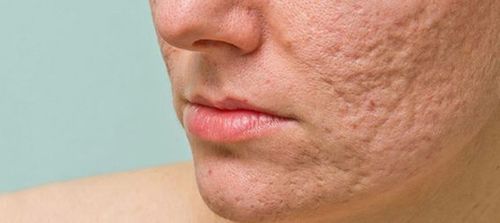
Phẫu thuật điều trị sẹo lồi do mụn cần kết hợp với nhiều phương pháp khác
2.2.3. Laser therapy
Laser therapy is a safe and effective treatment for keloids. There are different laser treatments available, of which a pulsed dye laser (PDL) helps relieve itching and pain, reduces coloration, and flattens large keloids. For those with light skin tone, they can opt for intense pulsed laser (IDL) treatment. Laser therapy is suitable for all keloid scars.
2.2.4. Scar cream/gel, silicone bandage
Are products that you can easily buy at a pharmacy without a prescription. These products help relieve itching and irritation caused by scars, and also help shrink, smooth, and fade scars.
These are very safe products, however to be effective they need to be used continuously. This method is suitable for reducing the discomfort and size of the scars but is not likely to remove the scar completely.
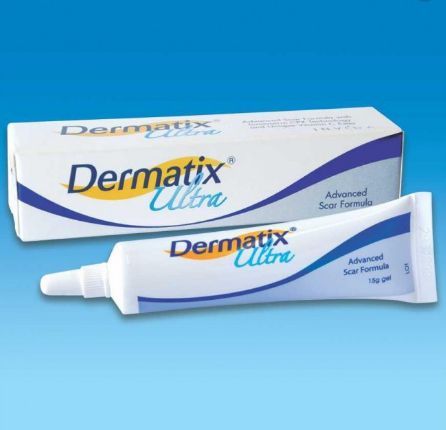
Các loại kem trị sẹo bày bán phổ biến ở các hiệu thuốc
3. What results can you expect from acne scar treatment?
Most treatments can reduce the size and fade acne scars. After treatment, with time, these scars will fade to the point of being barely noticeable from the surrounding skin. The skin will become smooth, even-toned, giving you confidence in aesthetics.
However, whether the treatment is successful or not depends largely on the expertise and experience of the doctor. Therefore, when there is a need to treat acne scars, you should go to reputable specialized dermatology addresses to be treated safely and effectively. Besides treatment, your dermatologist will also advise you on measures to prevent acne scars from returning.
Vinmec International General Hospital is the address for examination, treatment and prevention of diseases, including Dermatology. When performing the examination process at Vinmec, customers will be welcomed and used modern facilities and equipment along with perfect medical services under the guidance and advice of experts. Good doctors, well-trained both at home and abroad.
Customers can directly go to Vinmec Health system nationwide to visit or contact the hotline here for support.
References: aad.org, healthline.com




